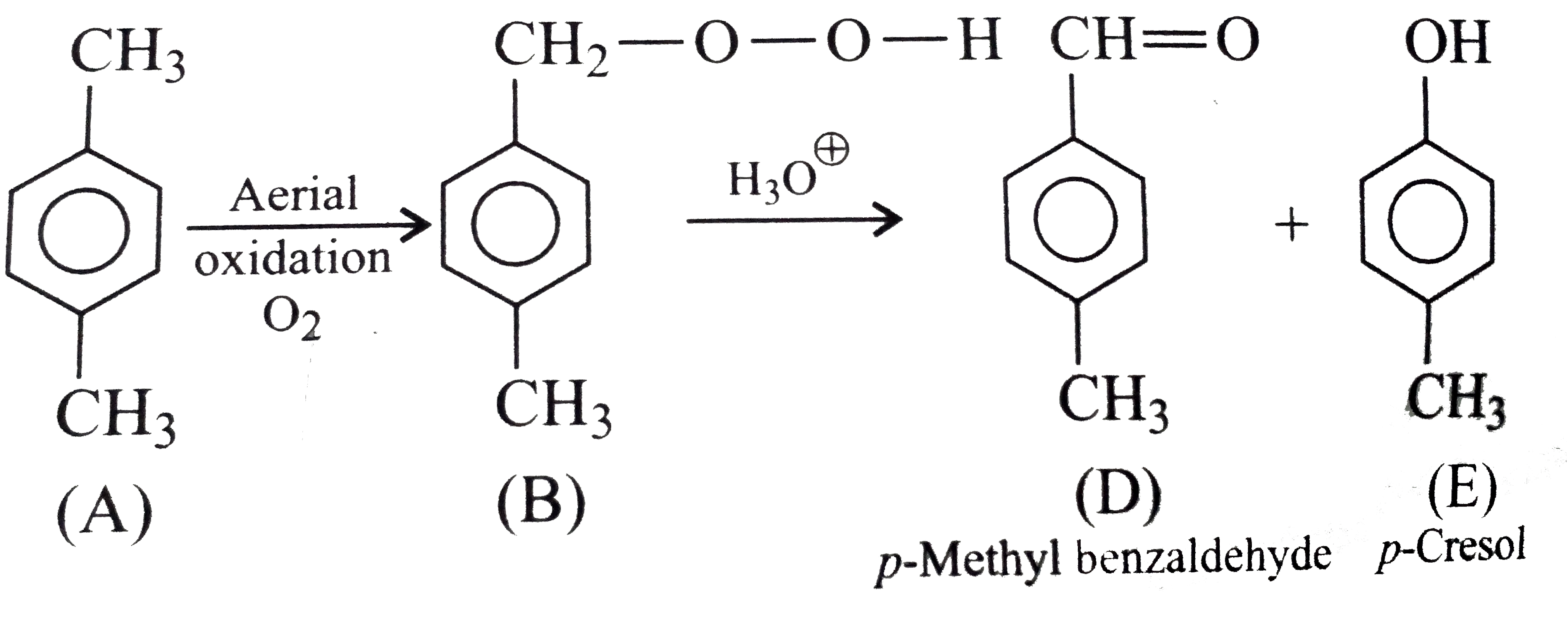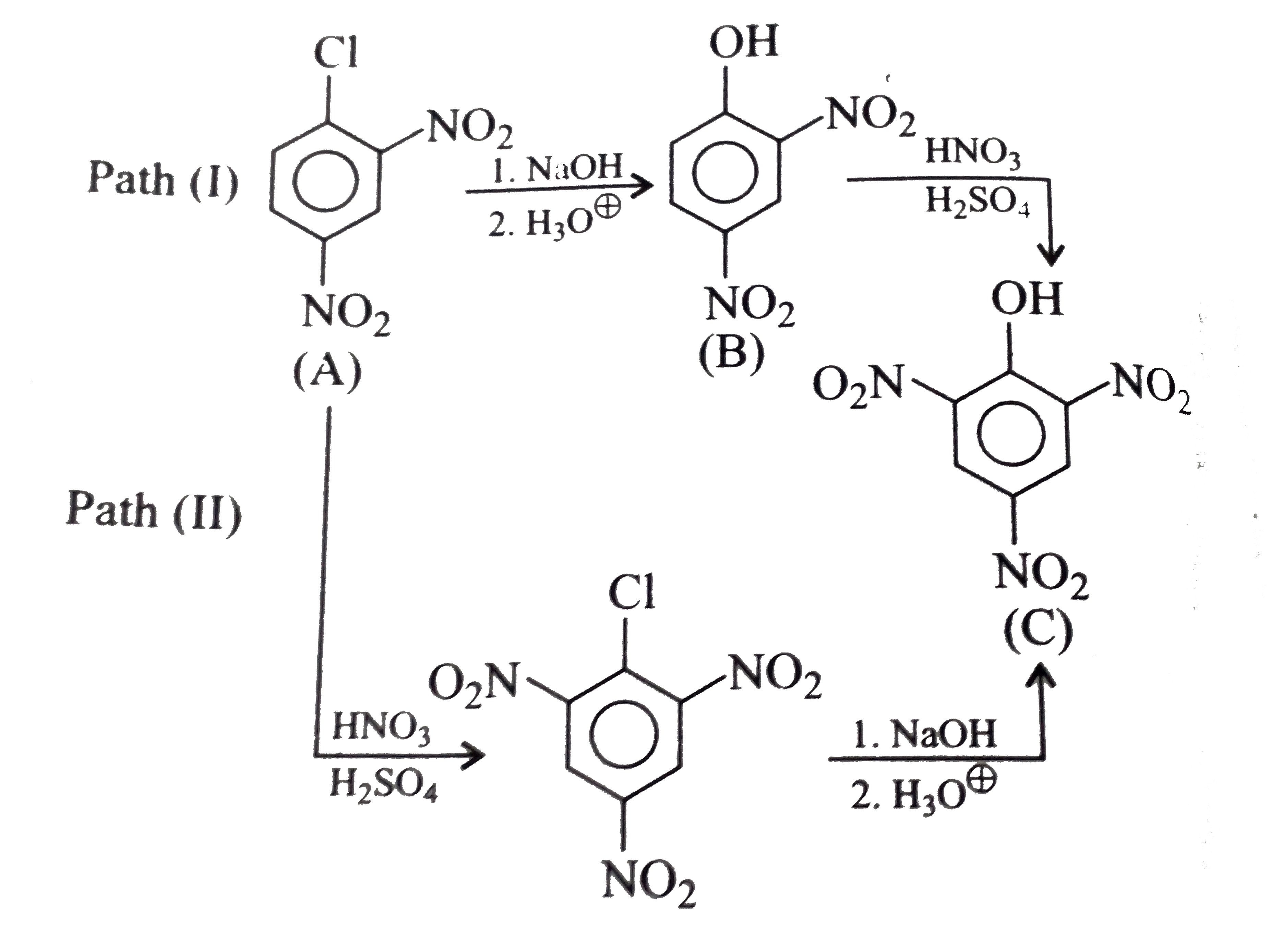Which of the following statement is/are correct about the spectrum of hydrogen atom?
ratio of longest wavelength to shortest wavelength in balmer series is 9/5
there is an overlap between wavelength ranges of balmer and paschen series
wavelength of lyman series are given by (1+1m2)λ0 where λ0 is shortest wavbelength of lyman series and m is an integer
wavelength ranges of lyman and balmer series do not overlap
To solve the question regarding the spectrum of the hydrogen atom, we will analyze each of the provided statements one by one.
Step 1: Analyze Option 1
Statement: The ratio of the longest wavelength to the shortest wavelength of the Balmer series is 95.
Solution:
1. The Balmer series corresponds to transitions where the electron falls to the second energy level (n=2).
2. The longest wavelength (λ_max) occurs when the transition is from n=3 to n=2, and the shortest wavelength (λ_min) occurs when the transition is from n=∞ to n=2.
3. Using the formula for wavelength in the hydrogen atom:
1λ=R(1n21−1n22)
For λ_max:
1λmax=R(122−132)=R(14−19)=R(536)
Thus,
λmax=365R
For λ_min:
1λmin=R(122−0)=R4
Thus,
λmin=4R
4. The ratio of λ_max to λ_min is:
λmaxλmin=365R4R=365⋅R4=95
5. Therefore, Option 1 is correct.
Step 2: Analyze Option 2
Statement: There is an overlap between the wavelength ranges of the Balmer and Paschen series.
Solution:
1. The Balmer series corresponds to transitions to n=2, and the Paschen series corresponds to transitions to n=3.
2. The wavelength ranges for Balmer and Paschen can be calculated:
- Balmer series: λ ranges from approximately 364.6 nm to 656.3 nm.
- Paschen series: λ starts from approximately 820 nm.
3. Since the maximum wavelength of the Balmer series (656.3 nm) is less than the minimum wavelength of the Paschen series (820 nm), there is no overlap.
4. Therefore, Option 2 is incorrect.
Step 3: Analyze Option 3
Statement: The wavelengths of the Lyman series are given by λ=(1+1m2)λ0, where λ0 is the shortest wavelength of the Lyman series and m is an integer.
Solution:
1. The Lyman series corresponds to transitions to n=1.
2. The general formula for the wavelength of the Lyman series is:
1λ=R(112−1m2)
where m is the initial energy level (m > 1).
3. The minimum wavelength λ0 occurs when m→∞:
1λ0=R(1−0)=R
Thus, λ0=1R.
4. The correct expression for the wavelength of the Lyman series is:
λ=λ01−1m2(not the given form)
5. Therefore, Option 3 is incorrect.
Step 4: Analyze Option 4
Statement: The wavelength ranges of the Lyman and Balmer series do not overlap.
Solution:
1. The Lyman series has wavelengths ranging from approximately 91 nm to 122 nm.
2. The Balmer series has wavelengths ranging from approximately 364.6 nm to 656.3 nm.
3. Since the Lyman series operates in the ultraviolet range and the Balmer series operates in the visible range, there is no overlap.
4. Therefore, Option 4 is correct.
Final Conclusion
The correct options are 1 and 4.
Statement: The ratio of the longest wavelength to the shortest wavelength of the Balmer series is 95.
1. The Balmer series corresponds to transitions where the electron falls to the second energy level (n=2).
2. The longest wavelength (λ_max) occurs when the transition is from n=3 to n=2, and the shortest wavelength (λ_min) occurs when the transition is from n=∞ to n=2.
3. Using the formula for wavelength in the hydrogen atom:
1λ=R(1n21−1n22)
For λ_max:
1λmax=R(122−132)=R(14−19)=R(536)
Thus,
λmax=365R
For λ_min:
1λmin=R(122−0)=R4
Thus,
λmin=4R
4. The ratio of λ_max to λ_min is:
λmaxλmin=365R4R=365⋅R4=95
5. Therefore, Option 1 is correct.
Statement: There is an overlap between the wavelength ranges of the Balmer and Paschen series.
1. The Balmer series corresponds to transitions to n=2, and the Paschen series corresponds to transitions to n=3.
2. The wavelength ranges for Balmer and Paschen can be calculated:
- Balmer series: λ ranges from approximately 364.6 nm to 656.3 nm.
- Paschen series: λ starts from approximately 820 nm.
3. Since the maximum wavelength of the Balmer series (656.3 nm) is less than the minimum wavelength of the Paschen series (820 nm), there is no overlap.
4. Therefore, Option 2 is incorrect.
Statement: The wavelengths of the Lyman series are given by λ=(1+1m2)λ0, where λ0 is the shortest wavelength of the Lyman series and m is an integer.
1. The Lyman series corresponds to transitions to n=1.
2. The general formula for the wavelength of the Lyman series is:
1λ=R(112−1m2)
where m is the initial energy level (m > 1).
3. The minimum wavelength λ0 occurs when m→∞:
1λ0=R(1−0)=R
Thus, λ0=1R.
4. The correct expression for the wavelength of the Lyman series is:
λ=λ01−1m2(not the given form)
5. Therefore, Option 3 is incorrect.
Statement: The wavelength ranges of the Lyman and Balmer series do not overlap.
1. The Lyman series has wavelengths ranging from approximately 91 nm to 122 nm.
2. The Balmer series has wavelengths ranging from approximately 364.6 nm to 656.3 nm.
3. Since the Lyman series operates in the ultraviolet range and the Balmer series operates in the visible range, there is no overlap.
4. Therefore, Option 4 is correct.
The correct options are 1 and 4.
Topper's Solved these Questions
Similar Questions
Knowledge Check
Which of the following statement is correct about gravity?
AThe larger the mass,the greater is gravityBGravitational force is commonly called weight.CIt is around the earthDThe larger the weight of an object,greater is the gravity.Which of the following statement is (are) incorrect about an atom?
AAn atom can exist independently .BAtoms of elements combine to form molecules.CMatter is made up of molecules, not atoms .DAn atom is either positively or negatively charged.Which of the following statements is incorrect about hydrogen?
AHydrogen has one electron in its outermost shell.BIt is the lightest gaseous element.CIt is not easily liquefied.DIt is a strong oxidising agent.
Which of the following statements is not true about atoms ?
View SolutionWhich of the following statements is/are correct about the following reaction ?

View SolutionWhich of the following statements is/are correct about the following reaction ?

View SolutionWhich of the following statements is/are correct about the following reactions ?

View SolutionWhich of the following statements are correct about the following reaction

View Solution
